A detailed concept for a lunar habitat, created by one of the world’s leading architectural firms with ESA technical support, is currently on show at the Biennale in Venice. Skidmore, Owings & Merrill, originator of many of the world’s tallest skyscrapers, worked with ESA on a semi-inflatable habitat design which could be part of a long-term vision for an international Moon settlement.
The resulting design is on show at the 17th International Architecture Exhibition of La Biennale di Venezia. While the theme of the overall exhibition is ‘How will we live together?’, the SOM installation is called ‘Life Beyond Earth’, peering beyond our post-COVID-19 planet to show how human life can be sustained in the hostile space environment.
The installation encompasses two large-scale, physical models and a film that together bring Biennale visitors on a journey from Earth to the Moon’s surface. Close-up details of an individual habitat module enable visitors to imagine everyday life in the lunar environment and understand the engineering and technology that enable its design.
Retired NASA astronaut Jeffrey Hoffman, now Professor at MIT’s Department of Aeronautics and Astronautics, advised the SOM team on the livability of their design, based on his experience living and working in space.
“’Life Beyond Earth’ represents a paradigm shift in space architecture and offers insights discovered through international cross-sector cooperation,” said SOM Senior Designer Daniel Inocente. “The challenges confronted here inspired new solutions and enabled us to envision a future for humanity beyond Earth.”
“The invitation to exhibit at the Venice Biennale and generally the positive response to this fruitful collaboration between our space engineering world and architecture experts are very encouraging,” added ESA materials engineer Advenit Makaya. “This project could pave the way for further multidisciplinary exercises here in Europe, when thinking about future sustainable human habitat concepts.”
Inspiration for the lunar habitat came from the vision of the international Moon Village, a hypothetical concept for lunar settlement through an alliance of private and public, space and non-space partners.
SOM began working on their study in 2018, which subsequently underwent a detailed study by ESA’s Concurrent Design Facility (CDF). Located at the Agency’s technical heart, in Noordwijk, the Netherlands, the CDF brings together a network of space specialists to perform rapid evaluations of novel mission concepts and create workable blueprints.
“The team was enthusiastic from day one,” states CDF team leader Robin Biesbroek. “Our CDF sessions allowed us to perform a close review of the design with our own ESA experts, providing valuable feedback to SOM.”
Taking the inflatable BEAM module currently attached to the International Space Station as a starting point, SOM designed a semi-inflatable shell structure to offer the highest possible volume to mass ratio. Once inflated on the lunar surface, it would reach approximately double its original internal volume.
A lot of work went into the four-story habitat interior, in terms of lighting conditions, reconfigurable features, and a high floor-to-ceiling space, to allow crew members to take advantage of lunar one-sixth g using grabbing bars and other simple aids.
Its chosen site has been described as the most desirable real estate in the Solar System: the rim of Shackleton crater beside the lunar South Pole. Avoiding the crippling temperature extremes of the Moon’s two-week days and nights, this location offers near-continuous sunlight for solar power, an ongoing view of Earth, and access to lunar water ice deposits in adjacent permanently-shadowed craters.
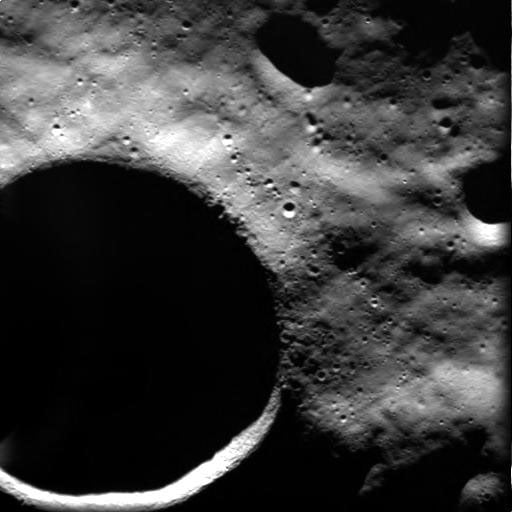
This image, taken by the advanced Moon Imaging Experiment (AMIE) on board ESA’s SMART-1 spacecraft, shows crater Shackleton on the Moon. Credit: ESA/Space-X (Space Exploration Institute), CC BY-SA 3.0 IGO
After landing, the habitat would be inflated either locally by astronauts or else via rovers teleoperated from the Gateway station around the Moon. It would keep its four-person crew alive and comfortable for up to 300 days at a time.
“Our partnership with ESA demonstrates how interdisciplinary collaboration can support international goals for space exploration,” said SOM Design Partner Colin Koop. “It takes an unconventional approach to extraterrestrial habitat design, combining the expertise of the building and space industries and applying knowledge from the realms of architecture, urban planning, science, commerce, and psychology.”

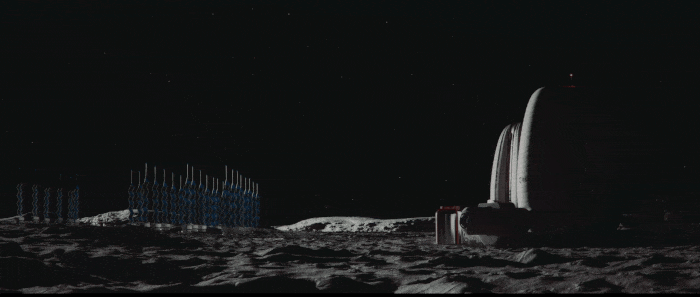
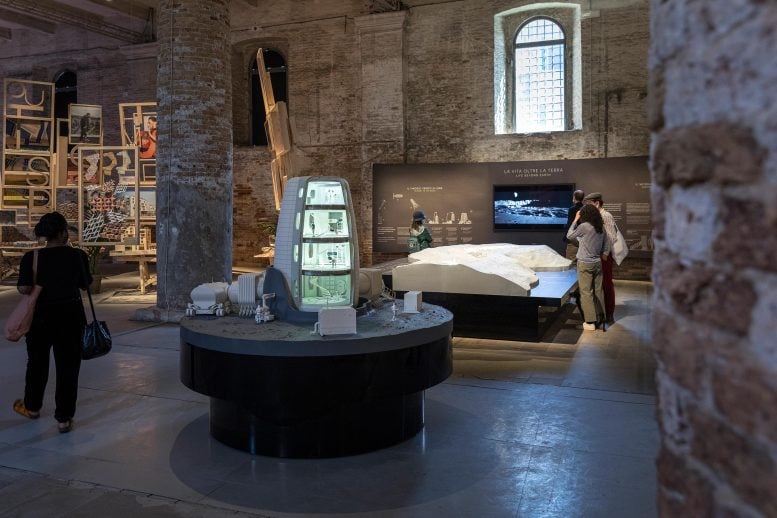
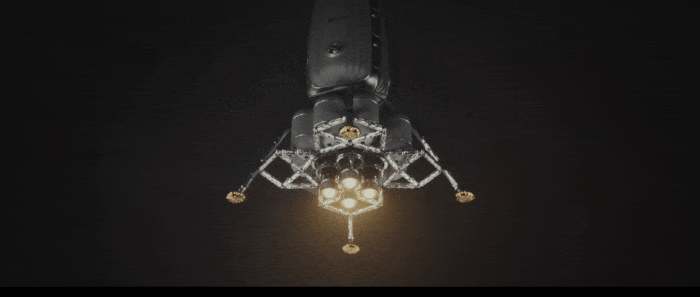
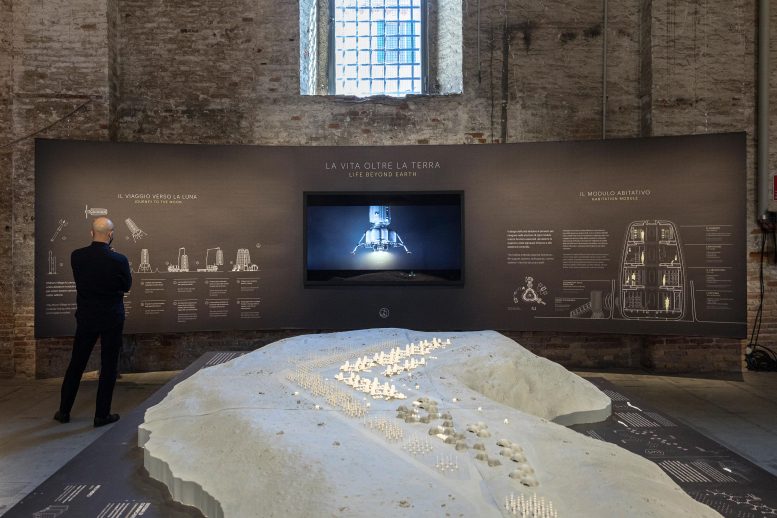








Por que en primera instancia en ves de hacer un abita en la superficie no hacen subterráneas para abaratar coste
Might as well face facts China will colonise the moon, Europe and America smoking pot injecting drugs will never be able to achieve colonisation of the moon, I saw Neil Armstrong live in 1969,if America was going to do it it would have done it by now.
Colonize the moon? Why, exactly? Just to say we did? There’s nothing there worth the risk and expense. We should be pouring money into telescopes and other astronomic technology that can help us find other civilizations in the known universe. The reality is, no one is ever going very far from earth in tin cans. The *only* craft that would be safe to travel on through the void of space is the one we are on. Travel to the moon to prove we can do it? Sure, I’m in on that. Colonize the moon with actual people? Why? What will they produce for us?
Why do this? Because the moon is a stepping stone to deeper human space exploration. It offers resources that can be used to build and fuel, say, human missions to Mars, which can then launch from lunar gravity, rather than having to launch from the surface of Earth. And it’s a relatively nearby testing ground for the technology that will be needed for crewed missions to other destinations, or for permanent colonies.
If you think that crewed flights to Mars or other planets, or eventual human colonies on Mars are goals worth pursuing, then it’s almost a given that we start with the moon. If you don’t think these goals are worthwhile, then that’s a whole different discussion.
Why do this? Because real estate is cheap.